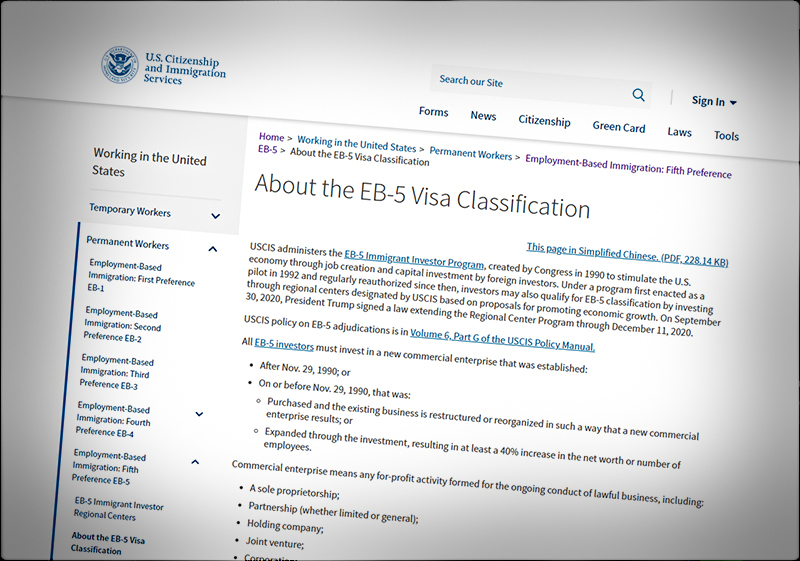
We recently examined who really benefits from the EB-5 (immigrant investor) program – a tiny group of big city real estate developers rather than the public as a whole (as in the similar, but similarly suspended Canadian program.)
Today’s question is: how much does it really cost the alien investors to participate in the program?
The answer, as we spell out below, is that we should not be talking (as we do) in terms of a $500,000 investment (something that produces money in the future), we should be thinking in terms of a one-way payment of about that amount; a payment is much less attractive than an investment.
We are not dealing with the thousands of EB-5 investors who have been conned in one way or another, just the ones who have the good luck to work with legit developers and regional centers, where all went smoothly and the aliens were paid, ultimately, according to the rules. We are assuming full repayment after five years, which is a bit on the optimistic side.
Nominally we know that for years the usual minimum amount of EB-5 investments was $500,000 and there were usually $50,000 or so in fees added on. In 2019 that minimum was raised to $900,000 but there have been few investments at that level.
But the investment figure of $500,000 or $550,000 clearly understates the real cost of that family-sized set of green cards that the alien family was about to receive, and here’s why.
Normally, investments are made in a free market; the investor can switch from stocks to bonds to commodities, and back to stocks or real estate, buying and selling to meet his or her perceived needs and to maximize the return on the money.
EB-5 moneys, however, to use an immigration metaphor, are not in the free market, they are in a specialized detention center (with the funds inside detention, not the aliens). They are captive or frozen. The real cost of the program to the investors, mostly rich Chinese, is both the nominal amount (the $550,000) but also the opportunity costs of having the money in detention for a period of five years or so.
What could that sum have evolved into had it not been in captivity?
One conservative and expertise-free alternative would be for the investor to simply buy into an exchange traded fund (ETF) which is a basket of securities reflecting the value of the index in question (say the Dow Jones).
This requires no specific knowledge of individual stocks, and comes with relatively low fees. In recent years the Dow Jones index has usually risen. In the five years, 2016 to 2021, the average closing of the Dow Jones index has climbed from 17,927 in 2016 to 32,399 earlier this week..
Let’s assume that this was a cash account, not a margin account, and that the fees charged and the dividends re-investment balanced each other. What would the investor have received for his or her $550,000 that had been invested in 2016 in this way, if he or she cashed it out in this week?
The Dow Jones rose 88.2 percent in this time period so the $550,000 would have become about $1,035,000. The increase has varied from time period to time period, but the 88.2 percent is not far from the average.
Contrast this increase with what would happen to the lucky EB-5 investor who was, in fact, repaid his or her EB-5 investment at the end of the same time period. At 1 percent a year, on the $500,000, that would mean about $25,000 in interest, to be subtracted from the original $550,000, leaving the investor with $525,000. (No interest is paid on the $50,000 in fees.)
So the ETF investor would wind up with $1,035,000 and the EB-5 investor would have $525,000, the difference (of more than half a million) being the opportunity costs.
Whereas the law and media coverage suggest that the EB-5 participants invest $500,000, actually it would be accurate to say they in effect pay approximately $500,000 for their set of visas. Moreover, the payment goes to a few real estate developers, not to the U.S. government. What a crazy way to run a railroad!
My sense is, if a country is going to sell legal residence for cash, which is what we do, that cash should go to the U.S. Treasury, not to a narrowly-defined sub-set of the financial elite.
